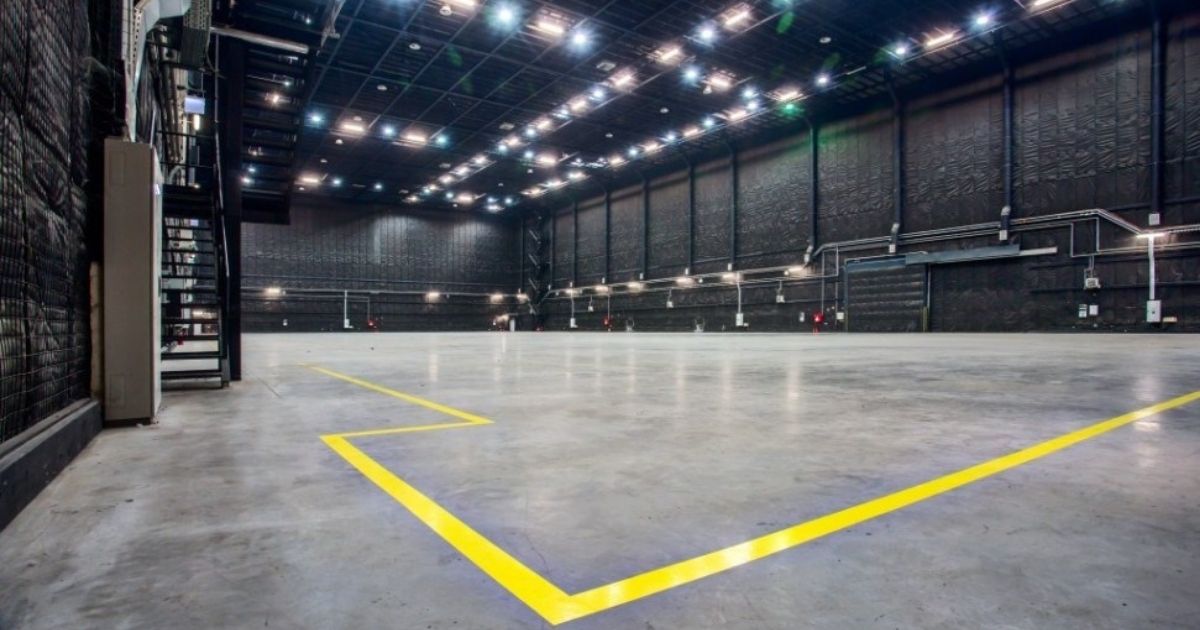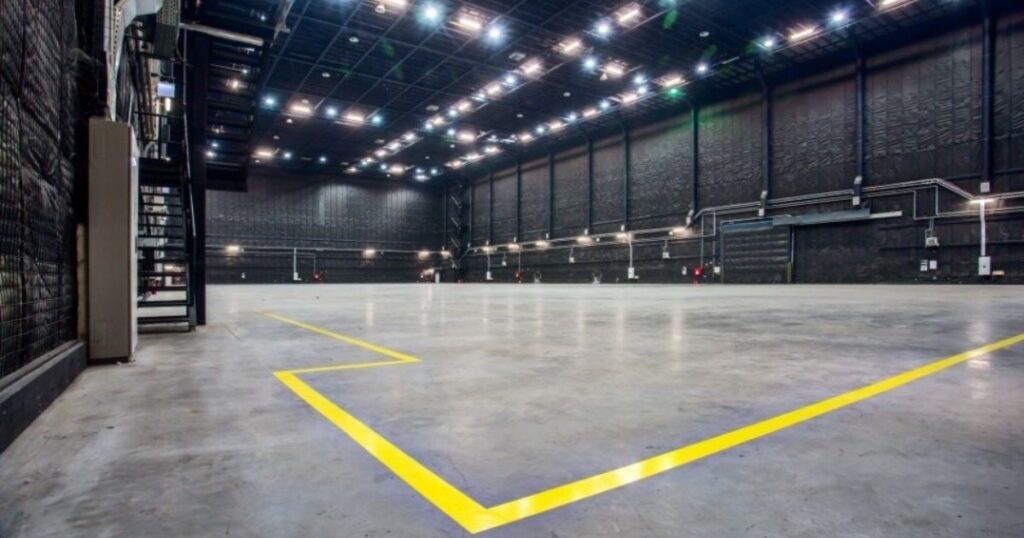
The world of music creation thrives on two distinct yet interconnected spaces: sound stages and rehearsal spaces. While both play crucial roles in the journey of a song, their purposes and characteristics differ significantly. Understanding these differences can be vital for musicians, producers,

The Sound Stage: A Controlled Audio Environment
A sound stage is essentially a large, soundproofed building or room designed specifically for recording audio. It’s built to minimize external noise and provide a controlled acoustic environment. Think of it as a blank canvas for capturing sound in its purest form.
Key Features of a Sound Stage:
- Soundproofing: High-quality insulation and construction techniques are employed to block out unwanted noise from outside sources like traffic or neighboring studios. This allows for clear and uncontaminated audio recordings.
- Variable Acoustics: Some sound stages have adjustable acoustic properties, allowing them to be tailored to different genres of music. This might involve the use of sound panels, diffusers, and absorption materials to create specific reverberation times.
- Large Size and High Ceilings: Sound stages are usually spacious to accommodate various band setups, orchestras, or choirs. High ceilings minimize unwanted reflections from the overhead space.
- Technical Infrastructure: Sound stages are equipped with a dedicated control room that houses mixing consoles, recording equipment, and monitoring systems. This allows engineers to capture and manipulate the audio in real-time.
- Staging and Backdrops: While not a primary function, some sound stages offer options for basic staging or even green screens, catering to productions that require visual elements alongside audio recordings.
Uses of a Sound Stage:
- Music Recording: From capturing the intimate sounds of a solo artist to the expansive energy of a full band, sound stages are the go-to choice for professional audio recordings.
- Film and Television Scoring: Recording orchestral scores for movies and television shows often takes place in large sound stages to capture the full grandeur and dynamics of the music.
- Foley Sound Effects: Sound stages are also used to create foley effects, where everyday objects are manipulated to produce realistic sound effects for film and television.
- Voice-Over Recording: Sound stages offer a controlled environment for recording voice-overs for commercials, documentaries, and animations.
The Rehearsal Space: A Collaborative Playground
In contrast to the controlled environment of a sound stage, a rehearsal space is a more casual and flexible area where musicians can come together to practice their craft. Here, the focus is on collaboration, experimentation, and refining the performance.
Key Features of a Rehearsal Space:
- Moderate Soundproofing: Rehearsal spaces typically have some level of soundproofing to prevent excessive noise from disturbing neighbors, but it might not be as rigorous as a professional sound stage.
- Live Acoustics: Rehearsal spaces typically have a more “live” sound compared to the controlled acoustics of a sound stage. This allows musicians to experience a closer representation of what their music might sound like in a live performance setting.
- Smaller Size and Flexible Layout: Rehearsal spaces are usually smaller than sound stages and can be configured to accommodate different band sizes and practice setups.
- Minimal Technical Infrastructure: While some rehearsal spaces might offer basic PA systems or recording capabilities, the technical infrastructure is not as extensive as a sound stage.
Uses of a Rehearsal Space:
- Band Practice: This is the most common use of a rehearsal space. Musicians can come together to learn new songs, refine their performances, and experiment with their sound.
- Individual Practice: Some musicians might utilize rehearsal spaces for individual practice, especially those who need a dedicated space away from distractions.
- Music Lessons: Rehearsal spaces can also provide a space for music teachers to offer lessons to individuals or small groups.
- Jam Sessions: Music aficionados can gather in rehearsal spaces for informal jam sessions, fostering musical connection and improvisation.
Choosing Between a Sound Stage and a Rehearsal Space:
The choice between a sound stage and a rehearsal space depends on the specific needs of the music project. Here’s a quick breakdown:
- Need Professional Recording?: Go for a sound stage.
- Practicing or Refining a Performance?: A rehearsal space is your best bet.
- Budget Considerations: Rehearsal spaces are typically more affordable than renting a sound stage.
The Synergy Between Sound Stages and Rehearsal Spaces:
Sound stages and rehearsal spaces represent two essential parts of the musical journey. Rehearsal spaces offer the creative freedom to experiment and develop the music, while sound stages provide the controlled environment to capture that perfected performance. Often, musicians will utilize both spaces – honing their sound in the rehearsal space before entering the sound stage to translate their work into
a polished recording. This interplay between creativity and technical precision is what allows music to flourish and reach audiences in its most captivating form.
The future of both sound stages and rehearsal spaces is likely to involve technological advancements. We might see the integration of virtual reality and augmented reality tools in sound stages, allowing for even more immersive recording experiences. Rehearsal spaces could benefit from the development of intelligent noise cancellation systems, allowing for individual musicians to practice specific instruments without disrupting their bandmates.
Ultimately, sound stages and rehearsal spaces will continue to evolve, but their core purpose remains the same: to provide dedicated spaces for creating and capturing the magic of music. So, whether you’re a seasoned musician or just starting out, understanding the distinct roles of these spaces can help you navigate your musical journey and transform your artistic vision into reality.
Read more about setting up a Home Recording Studio
